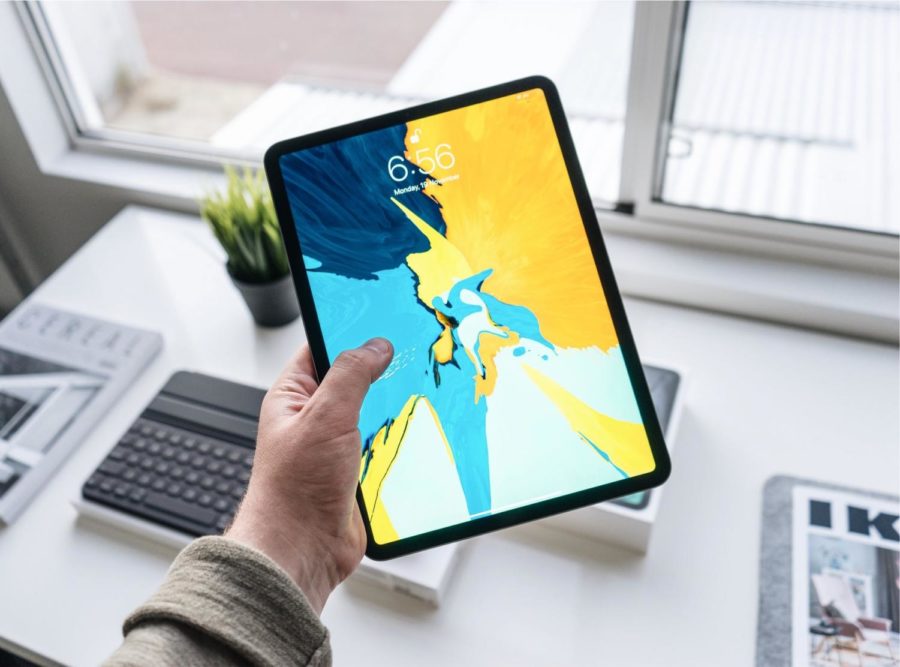Editorial: The Rittenhouse trial and a judge’s bizarre technological confusion
The ISD Editorial Board criticizes Judge Bruce Schroeder’s ignorance of modern-day technology and its capabilities during the trial of Kyle Rittenhouse.
December 2, 2021
Editor’s Note: Editorials are representative of the views of all Editorial Board members. One or two members will compile these views and write an editorial.
In a highly publicized trial with a controversial decision, Kyle Rittenhouse’s defense successfully acquitted him of any wrongdoing as it relates to his killing of two individuals and his shooting of another. For many following this case, the decision doesn’t come as a surprise. Many observers would claim that the defense argued a much better case than the prosecution, regardless of if they agree with the verdict.
Far more interesting than another self defense versus murder case is the bizarre story that surrounds Judge Bruce Schroeder and his incompetence when it comes to technology. As the judge presiding over Kyle Rittenhouse’s case, Schroeder found himself trying to decide if zoomed-in images could be admitted as evidence.
The defense claimed that iPads use artificial intelligence and logarithms to create what they (meaning the iPad) think is happening. Rather than enhancing the image, the defense argued that zooming in on an iPad actually changed the image from what you had taken a photo of to what the iPad thinks is there. Wherever “there” is.
And Judge Schroeder agreed, claiming it was up to the prosecution to prove that a piece of technology doesn’t do what a non-expert (someone who doesn’t know the difference between an algorithm and logarithm) claims it can do.
This hasn’t received nearly enough attention since the handing down of the verdict, but it poses an enormous question and possibly challenge in the legal landscape.
Can one side of a court case make outlandish accusations about the validity of evidence that the other side attempts to submit?
Should you have to prove that your voicemail messages or audio messages don’t change what you actually said? Imagine being in court and the judge asking you to prove that the text message you sent didn’t get changed before it was received.
These are real possibilities in Judge Schroeder’s courtroom. To someone so ignorant about technology, something as concrete as a picture or text message or email must be proven free from tampering — not from people, but the very computers that created the data in the first place.
Explain the logic in accepting evidence created by Apple software and hardware (the picture that the iPad took) but not accepting other evidence created by Apple software and hardware (the zoomed-in picture that the iPad displayed).
There is a need to protect against manufactured evidence, but these are all things that a human must actively do. Apple could certainly create software where pinching on an image fundamentally changes the pixels that make up a picture, but a person would have to upload the image to that software and edit the image.
Verizon could record a voicemail message, digitally edit it to say something else and then upload it to your voicemail box, but it would take a person at Verizon to do that. Samsung could take your text message, edit it and then forward it on to its original recipient, but again, that would require a person at Samsung to actively tamper with evidence.
In any of these situations, a person would have to do something illegal which would invalidate the evidence in the first place.
The bottom line is that we’ve entered an age wherein a select group of individuals within a generation have refused to adapt to modern technology. When digital cameras first came out, it would have been completely acceptable for Judge Schroeder to demand evidence that they weren’t altering the reality of what they captured.
Today, it is not. Using pinch to zoom on any modern piece of technology, within the default photo viewer, does not change the picture. It is unacceptable for a judge to be confused by what was a ridiculous accusation by the defense in a court of law.
People have agendas, but technology does not. While a person could manipulate a photo to make Kyle Rittenhouse look guilty or innocent, a nonsentient computer could not. That’s not what artificial intelligence is and it’s certainly not what a logarithm is.
But we currently have a judicial system with judges (or at least one) that don’t understand this in the slightest. Technology like an iPad might as well be what the Large Hadron Collider is to the rest of us. We can do better and we must demand better.

















